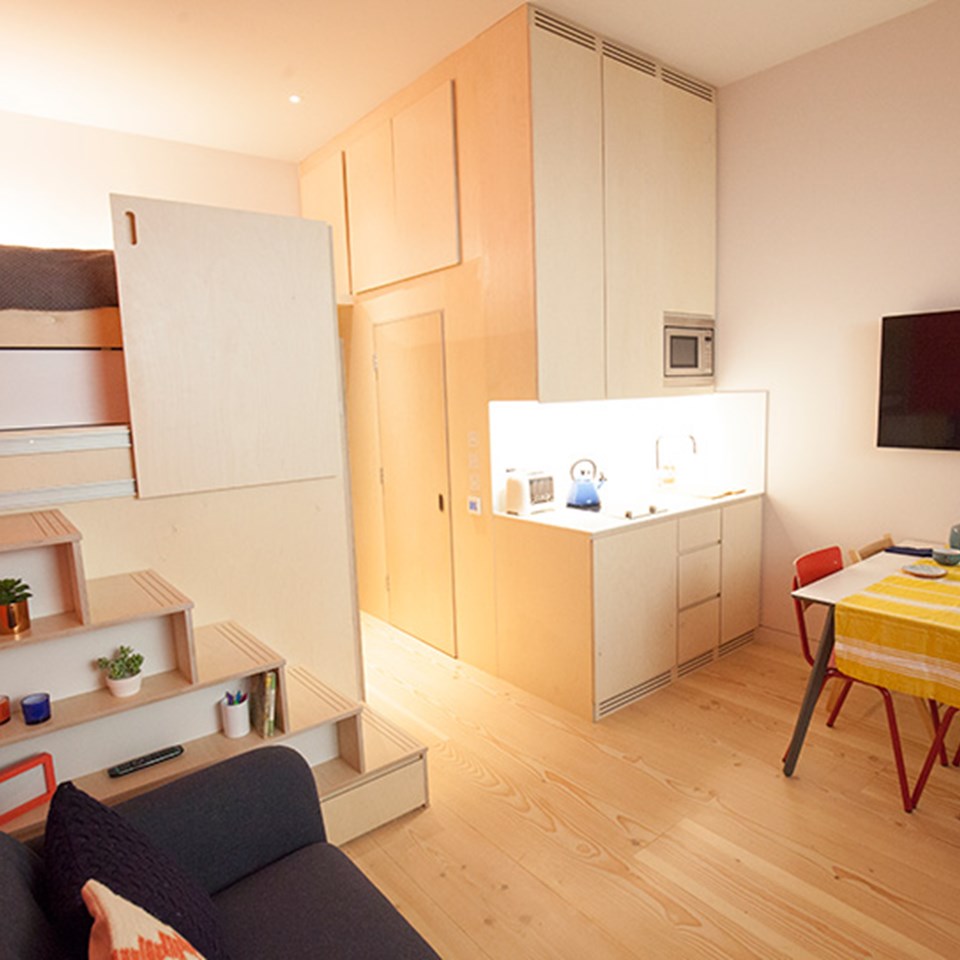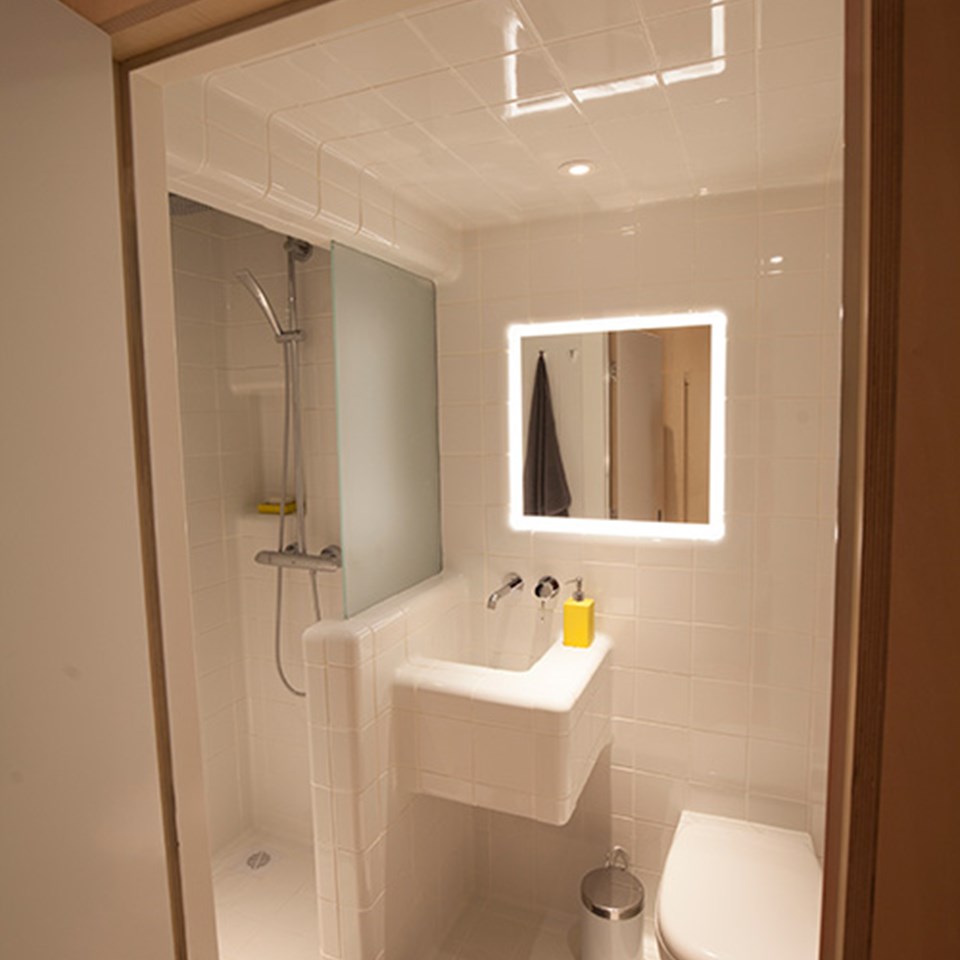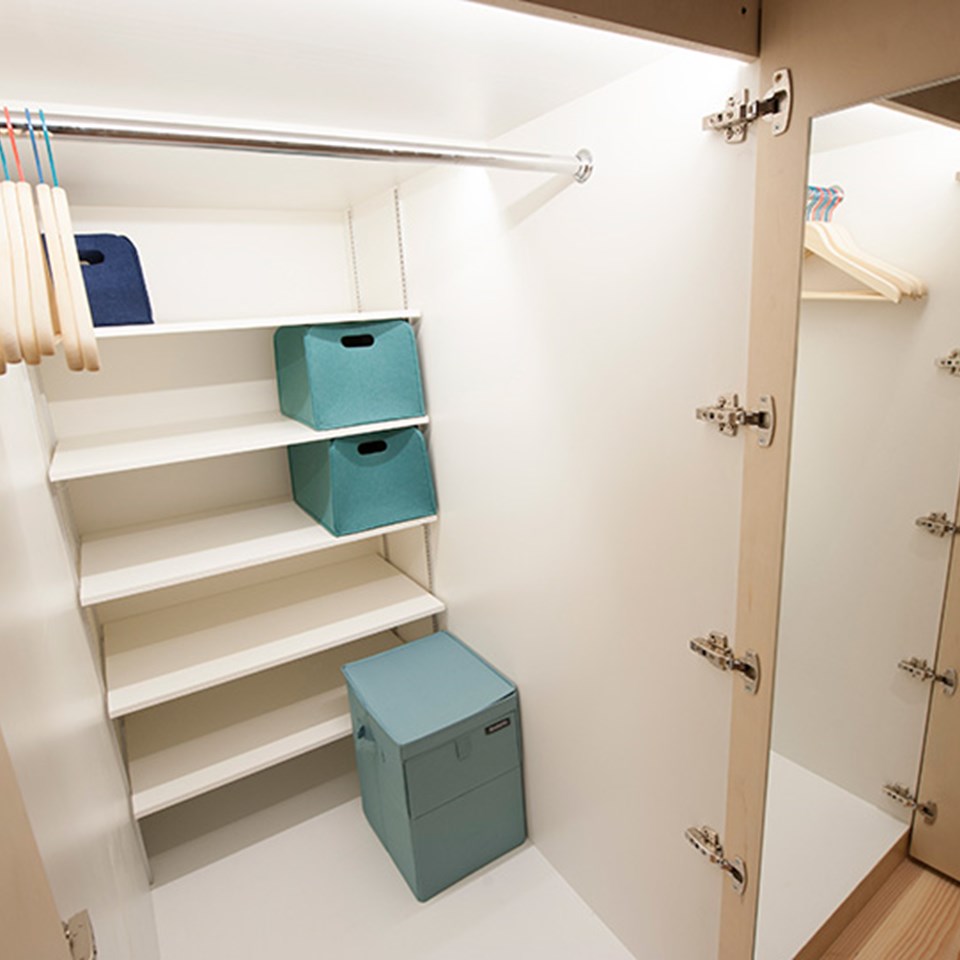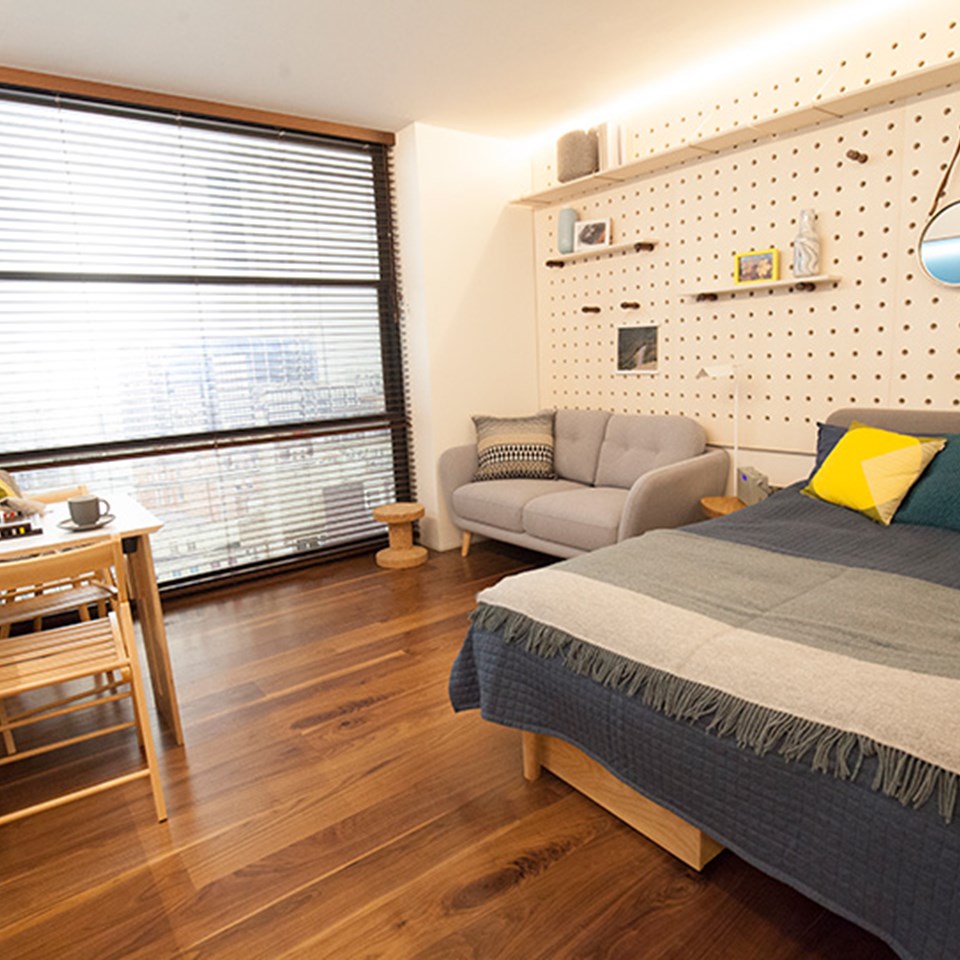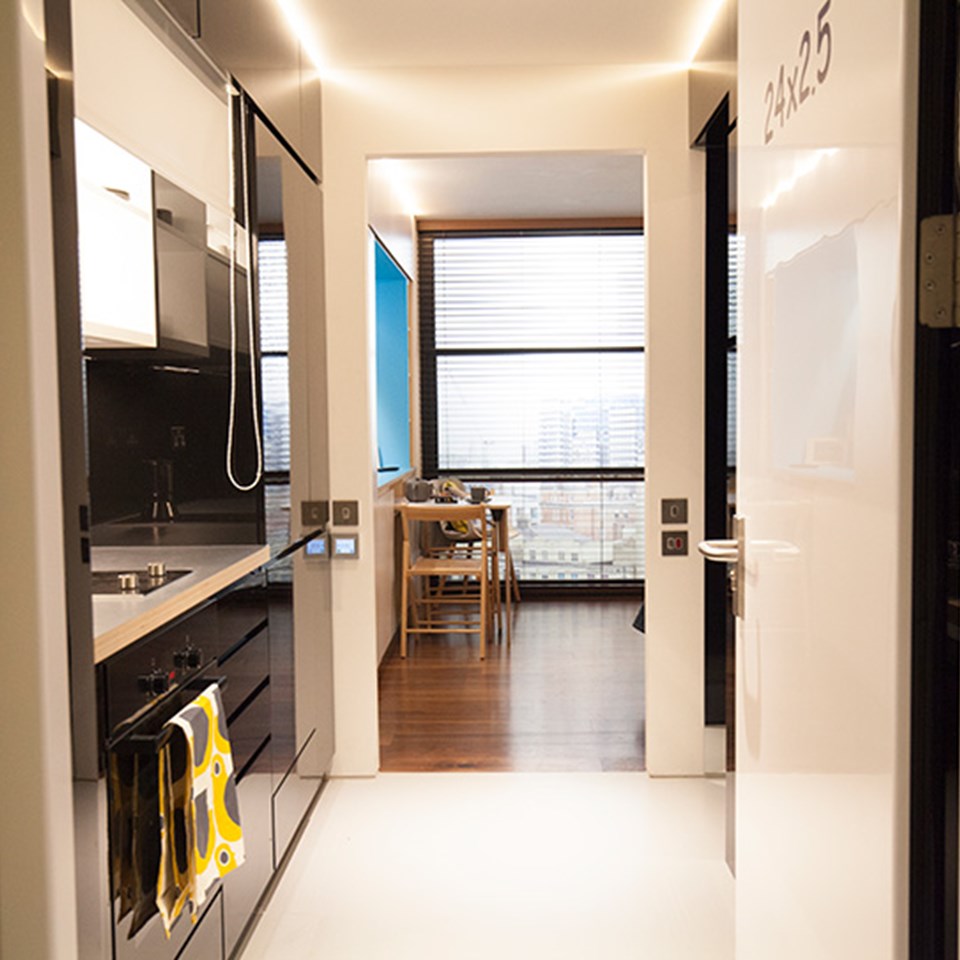Special compact living developments could bring an additional £200m of income and just over 1,000 new jobs to Central London, a new study has found.
The report from Development Economics also found that compact living could reinvigorate many communities in Zone 1 by enabling a mix of young workers to live centrally.
The report, commissioned by regeneration specialist U+I, compares the social and economic impacts of its compact living approach when compared with more typical central London developments. Compact living town flats would be housed in buildings with a range of communal and co-working facilities. These town flats would be for rental only, meaning they could not be sold on by speculators. Because of their smaller size, they could be built within Zone 1 and still be affordable for those paying the London Living Rent.
In the report, based on an assumption of locating five town flat developments sites in each of the nine inner London boroughs, the key economic findings are as follows:
- Town flats would house 3,555 more working age adults than typical accommodation on the same sites
- Town flats would deliver an additional £202.5m of household expenditure a year
- Town flats would support 1,035 more local jobs
- Town flats would provide 4,770 more homes
It is this return of young working age adults to central London that leads the report to highlight the social benefits of the town flats concept.
London residences are increasingly being bought as second homes. This trend threatens to 'hollow out' Central London, with a consequent decline in demand for the services required by full time residential populations. Residents in the compact living solution on the other hand would be active communities making their homes in in the studio apartments provided by the scheme. The report concludes that "the proposal for compact living developments to provide apartments for rental only at affordable rates on highly accessible sites is therefore the type of innovation in housing delivery that London will need if the enormous challenge of meeting future housing demand in the capital is to be met."



